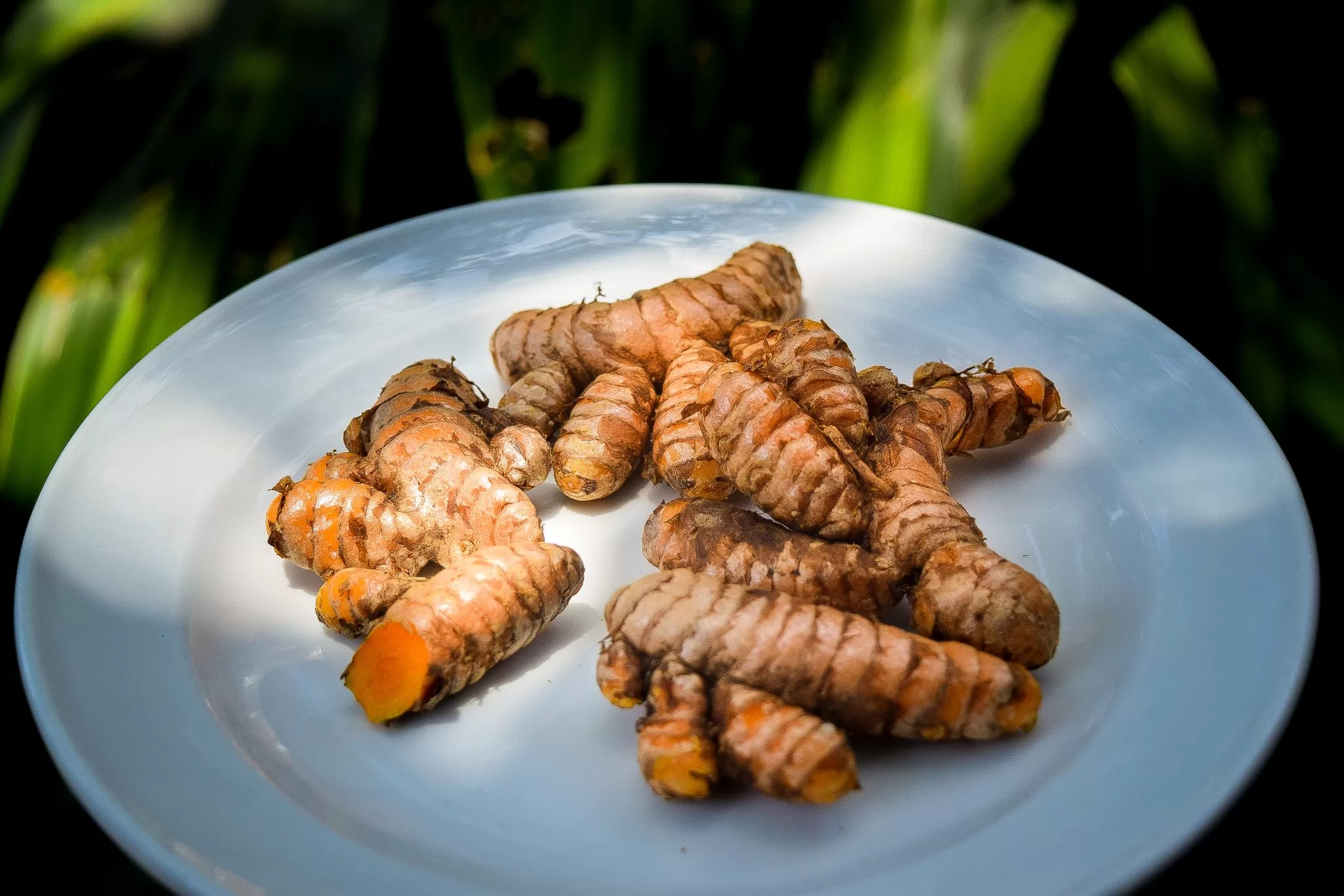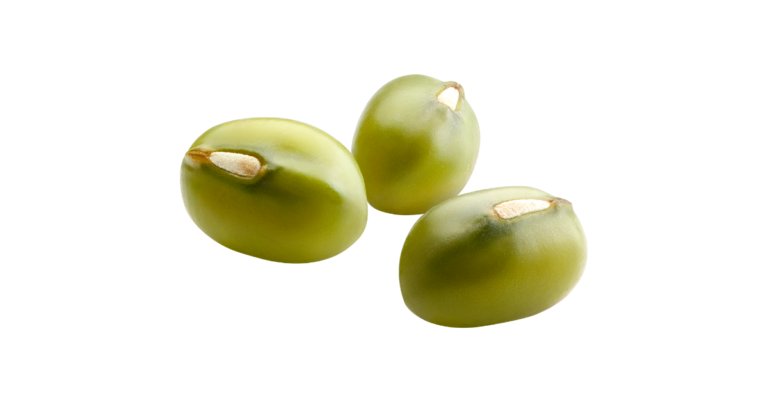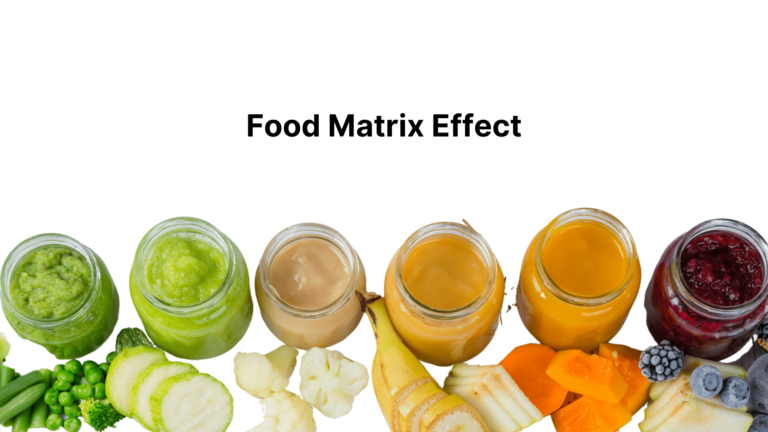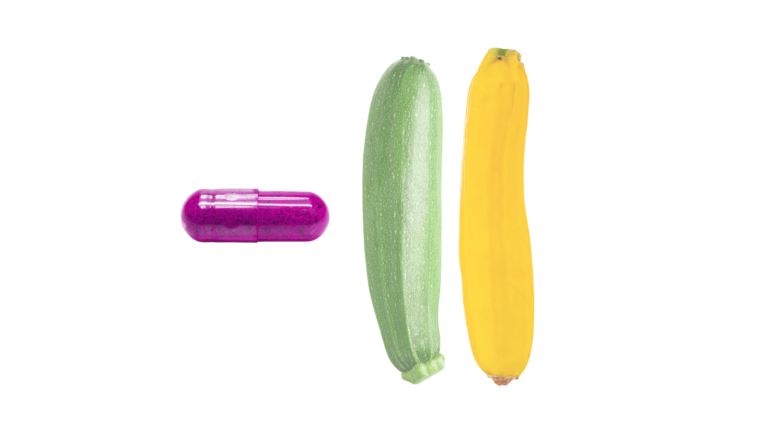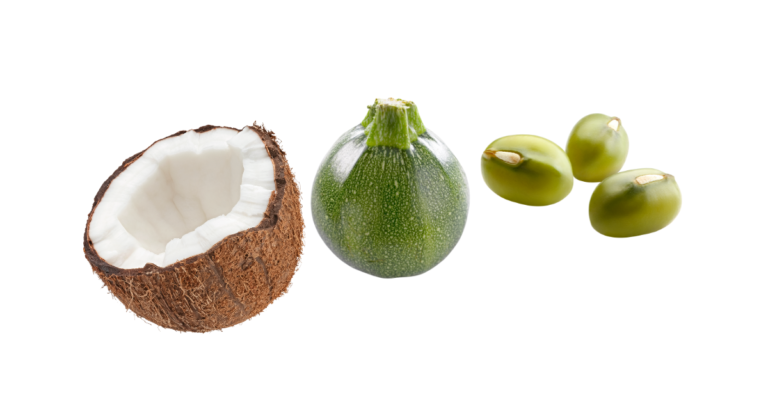How To Use Turmeric & Its Exceptional Health Properties
Many individuals have questions about how to use turmeric despite its widespread recognition. In the ancient sciences of the East, it has been and continues to be an everyday ingredient for several reasons.
Turmeric belongs to the ginger family and is primarily used for its medicinal effects.
Additionally, extensive research has been conducted on its bioactive compounds for their potential therapeutic value. These compounds are associated with anti-inflammatory, antioxidant, anti-carcinogenic, neuro-protective, and immune-boosting properties. Offering much-needed relief from the inflammatory conditions of the modern-day world.
Key Points In This Article
This article explores effective ways to use turmeric, understanding its therapeutic actions, providing an overview of bioactive compounds, its bioavailability, suitability, Ayurvedic position, and examples of related case studies.
Curcuma Longa: Turmeric
According to Sharifi-Rad et al. (2020), Turmeric’s pharmaceutical benefits have been well documented in Far Eastern medicine and included in the European Pharmacopoeia: #2543.
Curcuma Longa, including ginger, belongs to the Curcuma genus and the Zingiberaceae plant family.
Turmeric comes from underground fleshy rhizomes of the herbaceous perennial-producing stems known as Curcuma Longa. The rhizomes are underground plant stems and produce shoots and roots with a light golden hue skin.
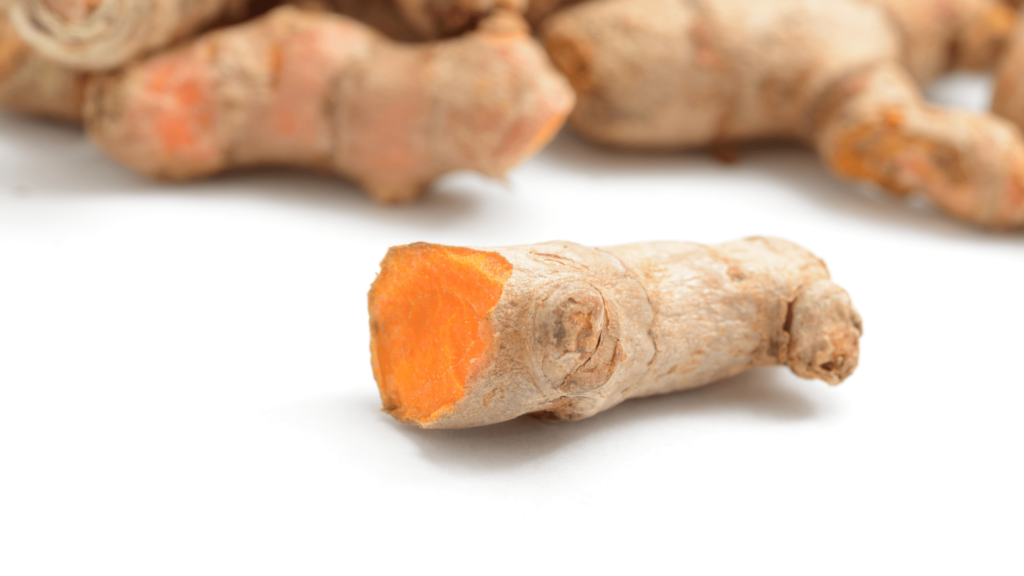
Turmeric Rhizome
A rhizome is a specific type of stem that grows horizontally beneath the ground, producing roots and shoots at its nodes.
This unique structure allows the plant to propagate and spread, creating new plants from its interconnected network of rhizomes.
Rhizomes are underground stems found in many herbaceous perennials, including ginger, turmeric, and bamboo, that play an essential role in their growth and survival strategies.
Turmeric rhizome (root) typically has vibrant orange flesh and golden outer oily skin.
Physical Characteristics of Turmeric
In terms of its physical characteristics, the root resembles ginger root. The physical components of Curcuma Longa include the roots, leaves, stems, flowers, and rhizomes. Some of its vital physical attributes include the following;
- The flowers of Curcuma Longa are pale yellow and grow on long spikes.
- The root resembles ginger & ginseng roots.
- Turmeric is called the “Golden Spice” due to its vibrant and striking colour.
- The internal flesh of turmeric is a vibrant orange, and the outer skin has a raw golden silk-like texture.
Taste & Colour
Turmeric gets its warm, bitter taste and bright yellow colour from curcumin, a bioactive compound.
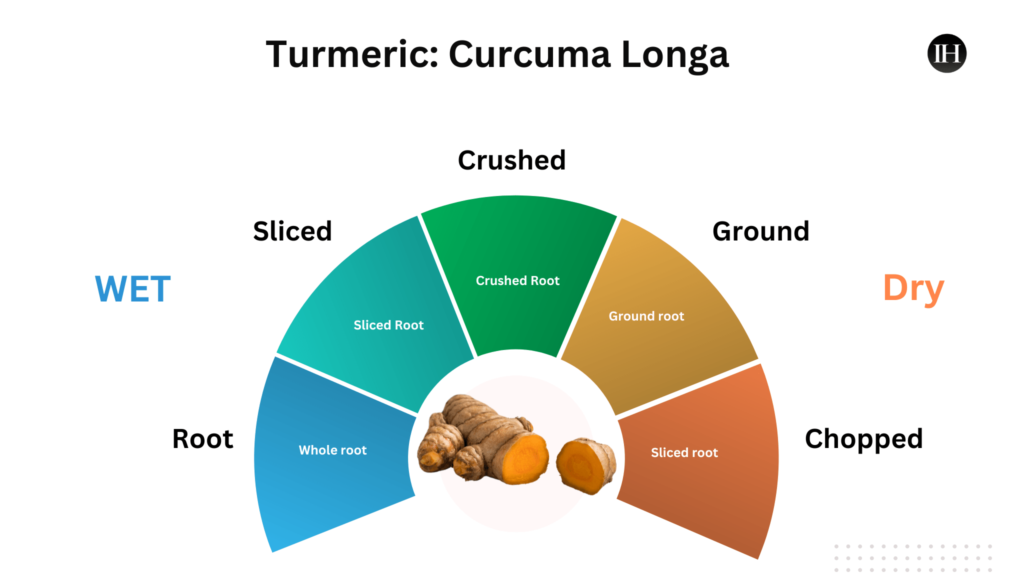
Overview of Turmeric History & Region
Historically, traditional sciences, including Ayurveda, have classified turmeric as a crucial medicinal plant. The Curcuma species has a rich history in Far Eastern medicine, dating back 5,000 years ago in Ayurveda and 2,000 years ago in Atharvaveda Sharifi-Rad et al. (2020).
Turmeric is a powerful healing herb. Scriptures in Far Eastern medicine reference its use from 2000-5000 years ago and are also documented in ancient Sanskrit texts. According to Ayurveda, it can help with many conditions, including digestive issues, inflammation, and skin problems.
The plant is native to Southeast Asia. It is grown and produced in countries such as Southwest India, Indonesia and other regions. Today, turmeric is available in several forms across the world, such as fresh root, dried, powdered etc.
Turmeric Nutritional Profile
Although it does not contain significant macronutrients, it is rich in micronutrients, including essential vitamins and minerals like iron, manganese, potassium, and vitamin C.
Curcuminoids
Turmeric is an exceptional spice, but what makes it truly remarkable are its active compounds known as curcuminoids. Curcuminoids are a group of natural compounds that belong to the polyphenol family.
Turmeric Nutritional Value
Regarding its nutritional values, turmeric is a good source of, manganese, iron, potassium, and vitamin C.
For example, according to the USDA, one teaspoon (approximately 3 grams) of turmeric contains some of the following nutritional values:
| Energy 39 kJ | Calcium 5.04 mg | Iron. 1.65 mg | Magnesium 6.24 mg | Phosphorous 8.97 mg | Potassium 62.4 mg |
| Sodium 0.81 mg | Zinc 0.135 mg | Choline 1.48 mg | Vitamin C 0.021 mg | Selenium 0.186 mg | Betaine 0.291 mg |
Glycemic Index of Turmeric
Furthermore, the root has a glycemic index of 15-16 GI on the glycemic index scale. This makes it a low glycemic index source of dietary foods (glycemic index-net).
Because of this, the root makes it valuable for individuals who want to improve their blood sugar patterns. A case study presented in the latter sections of this article suggests its helpful effect on glucose regulation for diabetic individuals, mainly due to the presence of curcumin and its low GI influence.
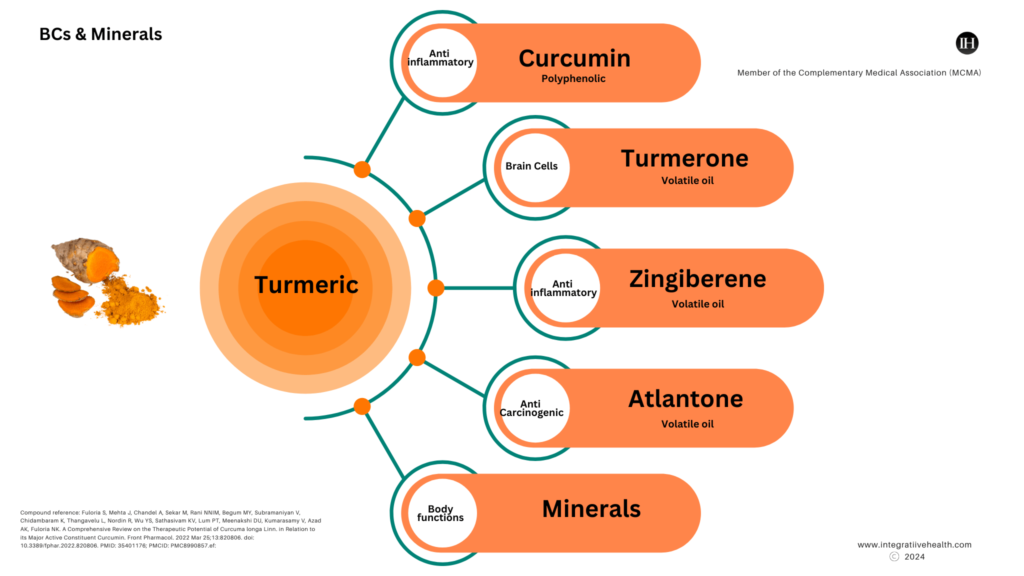
Bioactive Compounds In Turmeric
Turmeric contains many potent phytochemicals that provide various therapeutic actions, including anti-inflammatory, antioxidant, anti-carcinogenic and immune-boosting properties.
There are 109 sesquiterpenes, 68 monoterpenes, 22 diarylheptanoids and diarylheptanoids, eight phenolics, five diterpenes, four sterols, three triterpenoids, two alkaloids, and 14 remaining constituents.
Fuloria et al. (2022)
Here are some of the major compounds in turmeric:
- Curcumin (polyphenol): an antioxidant with anti-inflammatory properties from the curcuminoids group.
- Turmerone (volatile oil): a compound that may help regenerate brain cells.
- Zingiberene (volatile oil): a natural anti-inflammatory compound.
- Atlantone (volatile oil): a compound that may have anti-carcinogenic properties.
Curcumin: Turmerics Major Polyphenol Compound
Curcumin is one of the major polyphenols found in turmeric and is recognised for its antioxidant properties.
Its antioxidative activity on free radicals enables it to scavenge various reactive oxygen species (ROS) like superoxide radicals, hydrogen peroxide, and nitric oxide (NO) radicals and also inhibits lipid peroxidation (Ak and Gulcin, 2008).
Pharmacological Therapeutic Actions of Turmeric
Subsequently, “Turmeric and Its Major Compound Curcumin on Health: Bioactive Effects and Safety Profiles for Food, Pharmaceutical, Biotechnological and Medicinal Applications”, published in Frontiers in Pharmacology in 2020, the study highlights the various biological effects of turmeric:
“It has anti-inflammatory, antioxidant, anticarcinogenic, antimicrobial, and neuroprotective properties, which make it suitable for use in food, pharmaceutical, biotechnological, and medicinal applications.”
It also highlights the safety profile of turmeric and curcumin, indicating low toxicity and minimal adverse effects when consumed in appropriate doses.
“Below are some terms that are commonly associated with the therapeutic effects of turmeric:”
| Antioxidant | Anti-inflammatory | Hepatoprotective | Cardioprotective |
| Antirheumatic | Anticarcinogenic | Neuroprotective | Antimicrobial |
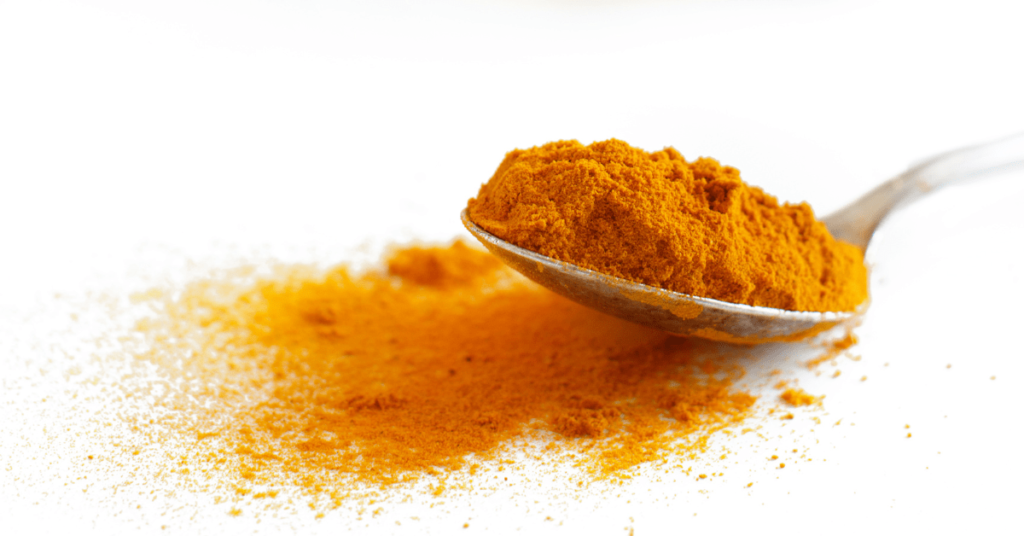
Turmeric Anti-Inflammatory Actions on Neuro-Health
According to available definitions and subsequent studies, chronic inflammation in the brain, known as neuroinflammation, can cause neuronal damage and degradation due to changes in neuronal metabolism.
According to the study conducted by Sharifi-Rad et al. in 2020, the researchers made the following observations:
1. Brain Anti-Inflammatory Actions
When the brain experiences inflammation from microglia and astrocyte activation, it can damage the neurons. Astrocytes release cytokines such as TNFα and IL-1, worsening the condition.
Curcumin has been studied as a possible therapeutic aid in a variety of neurological disorders, including Alzheimer’s, Parkinson’s, multiple sclerosis, Huntington’s disease, and dementia. Research has shown that curcumin has anti-inflammatory and antioxidant properties that can protect neurons. Curcumin can reduce the production of inflammatory cytokines and prostaglandins in activated microglia and astrocytes.
2. Influence on Glucose Regulation
Secondly, Mahdavi et al. (2021) suggest that curcumin, the compound found in turmeric, has been studied for its potential to improve glucose regulation and reduce the risk of vascular complications in patients with type 2 diabetes mellitus (T2DM).
The review found that curcumin supplementation significantly lowered FBS and HbA1C levels in 8 and 7 studies, respectively. Five studies evaluated HOMA-IR, and curcumin supplementation significantly reduced it in three of those studies.
3. COX and LOX
According to a study by Rao (2007), curcumin’s anti-inflammatory activity effectively prevents and treats inflammatory diseases.
A recent study found that curcumin regulates enzymes (COX and LOX) involved in inflammation and the production of lipid mediators. Although the exact way it regulates some of these enzymes is not clear, evidence shows that it mainly affects them at the transcriptional level.
(Transcriptional means changing DNA into RNA, which helps make proteins in the cell. In biochemistry, “transcriptional” refers to the process of transcription, where genetic information from DNA is copied into messenger RNA (mRNA).
The study concludes that regulating COX and LOX enzymes by curcumin is the key mechanism for its beneficial effects in preventing various inflammatory diseases, including chronic diseases.
Understanding COX and LOX
- Cox-2 is an enzyme that promotes inflammation, a key part of the immune response.
- Lox, on the other hand, inhibits Cox-2 and helps to resolve inflammation.
- By regulating the activity of these enzymes, the body is able to mount an effective immune response while preventing excessive inflammation that could damage healthy tissue.
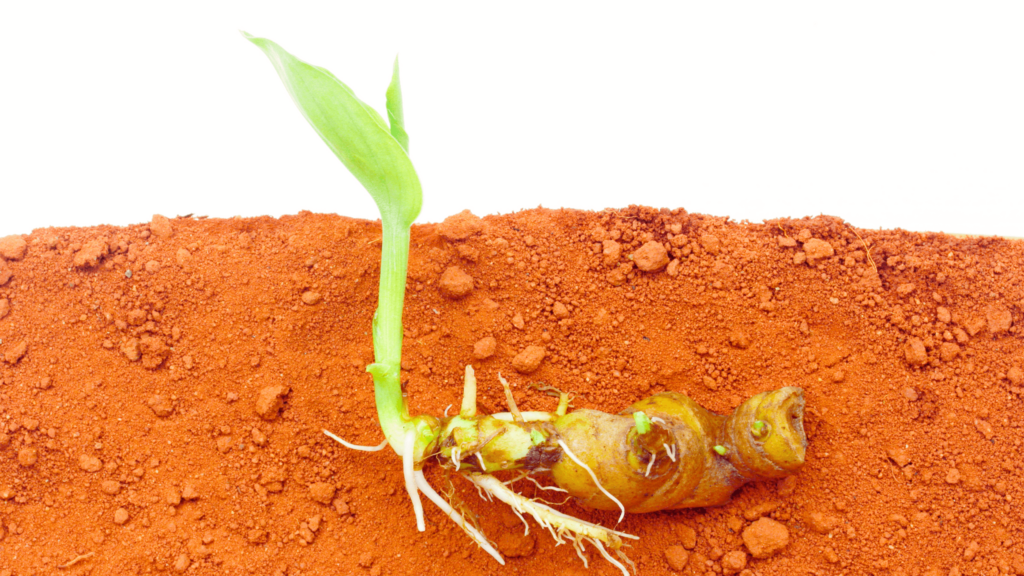
Ayurvedic Use of Turmeric: An Adaptogenic Plant
Turmeric is used in everyday cooking throughout India. However, its use as a culinary ingredient differs from consuming it for therapeutic purposes, as the latter is dose-dependent.
“In Ayurveda, turmeric is considered an adaptogen, which means that it is believed to help the body adapt to stress and promote overall well-being.”
Turmeric contains active compounds called curcuminoids, which are believed to be responsible for its adaptogenic properties. By reducing inflammation and oxidative stress, turmeric can help the body better cope with stress and promote overall well-being.
Additionally, turmeric is known to support the liver, which plays a key role in detoxifying the body and supporting overall health.
Turmeric’s Effects on Dosha
In accordance with the Ayurvedic dosha principles, turmeric is categorized as being able to balance all three doshas: vata, pitta and kapha. All three combined together are called “tridosha.”
| Vata | Pitta | Kapha |
According to the traditional use of turmeric and as suggested by Easy Ayurveda, adding turmeric to milk can help balance the heat caused by an imbalanced pitta dosha due to its dry, pungent, and bitter characteristics. This is because milk’s cooling properties complement turmeric’s heat-balancing effects, resulting in a food matrix effect where one compound reacts with another.
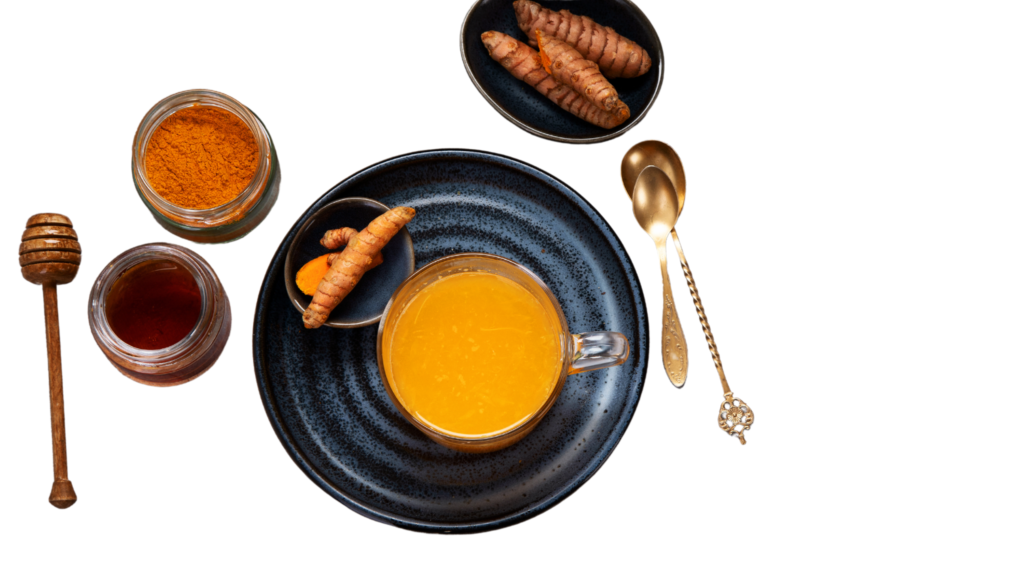
How To Use Turmeric
The root can be consumed raw, boiled, or used as a dry powder. Depending on the intended use, it is also available in capsule form.
Here are some general methods of using turmeric below:
1. Sun Dried Whole Crushed or Powdered
Turmeric can be dried in two ways: using natural sunlight (sundried) or artificial methods.
The former is still practised in many far eastern countries, while commercial operations use imitated solar drying techniques.
As expected, the former would take longer to dry naturally. However, this process produces some of the finest quality dried turmeric.
- Dry turmeric powder: can be used in tea, soups, stews, juices, grated fresh root or infused water.
- Dry turmeric capsules: Generally, a strength of 500mg is common; there are other strengths. Doses are subject to suitability and individual health status.
- Combinations: it can also be used with other elements, such as ginger, lemon, honey, black pepper, milk, etc.
- Turmeric and black pepper: Although several studies suggest that a combination of curcumin and piperine may help turmeric become more bioavailable in the body, further research, such as conducted by Turmipuregold (TPG), suggests that bioavailability may be dose-dependent.
2. Live (Raw) Turmeric Root
Wet turmeric, which involves consuming a piece of the root, is easy to consume. Similar to a piece of fruit or fresh vegetable.
- A small piece of wet root can be eaten raw with a meal, sliced into a salad, or in an Ayurvedic super soup.
- Turmeric root can also be boiled in water to make tea or infusions.
- It can be cut into pieces and preserved in apple cider vinegar and a few pieces taken with a meal.
Turmeric Stains
Turmeric root pigment is a vivid orange colour that can leave an impression on teeth and fingers. However, it vanishes with washing a few times.
Amount, Dose & Frequency
Typically, healthy adults looking to incorporate turmeric into their diet can take it daily or on alternate days in approximately 1 gram of loose powder or 1-2 pinches, depending on suitability.
A therapeutic dose of turmeric varies based on individual health status and duration advised. Typically, professionals recommend a daily dose of 300mg of turmeric containing 90mg of curcuminoids or similar.
Therapeutic Dose
Tumeric has been considered safe at a dosage of 6 grams a day for four to seven weeks: (O’Connell AA, Abdalla TE, Radulovich AA, Best JC, Wood EG. Curcumin Supplementation and Endometrial Lining: Examining the Role and Pathophysiology of Use During Frozen-Thawed Embryo Transfer. Cureus. 2021 Dec 14;13(12):e20415. doi: 10.7759/cureus.20415. PMID: 35036231; PMCID: PMC875435).
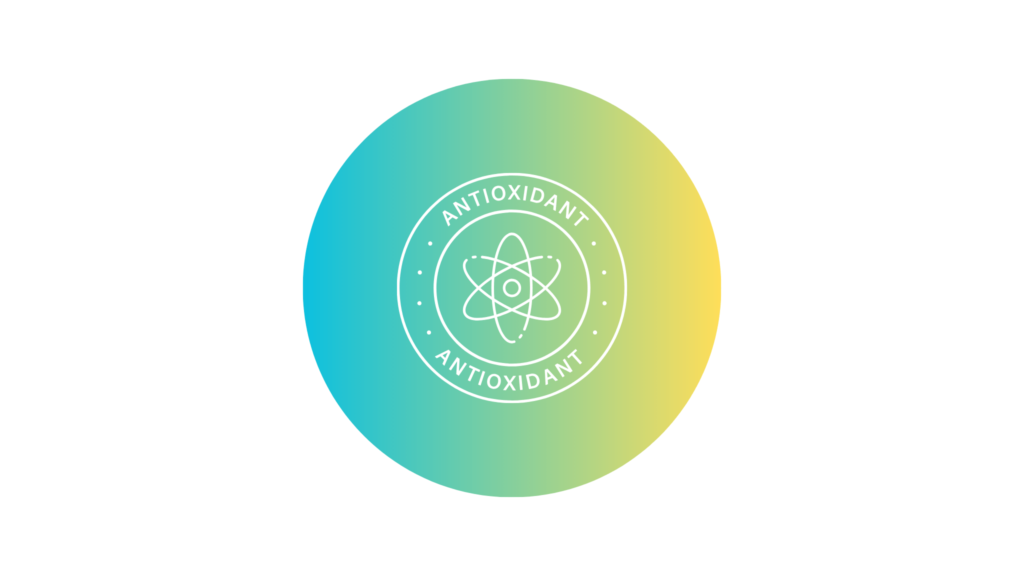
Summary
To summarise, there are various methods of using turmeric. However, understanding how to utilise it helps understand its therapeutic actions and medicinal effects beyond its culinary use.
- Turmeric comprises bioactive compounds such as curcumin, which belong to the curcuminoid family.
- Turmerone, a volatile oil that influences cell regeneration, and Zingiberene, another volatile oil, have natural anti-inflammatory properties. Atlantone, also a volatile oil, may have anti-carcinogenic properties—several other compounds in turmeric work synergistically as a whole.
- Due to its profile of compounds, turmeric is associated with being a potent anti-inflammatory. Research suggests that it has neuro-protective, cardio-protective, and liver-protective properties. It is also a low-GI source helpful in blood sugar diets, stimulating the immune system, and several other therapeutic actions.
- In Ayurveda, turmeric is classified as an adaptogen, which means it can help the body cope with stress and promote overall well-being. It is suitable for all three doshas: vata, pitta, and kapha.
- Turmeric is a common ingredient in many Eastern cuisines and is used regularly. However, there is a difference between consuming turmeric in a regular diet and taking it as a therapeutic dose in a more concentrated form. It can be taken as turmeric tea, in milk, capsules, oil, etc.
The optimal dosage and duration of consumption vary depending on individual parameters.
Suitability & Precautions
While turmeric is generally safe, suitability depends on individual factors and health status. Precautions and personal responsibility are crucial. Check suitability for conceiving, pregnant women, individuals with allergies, and health concerns. Seek the advice of a professional.
This post is for informational purposes only and does not constitute professional advice.
Informational Video: Turmeric & Therapeutic Properties
References in this article
- Royal Horticultural Society: https://www.rhs.org.uk/plants/5091/curcuma-longa-common-turmeric-turmeric/details
- United States Department of Agriculture: https://fdc.nal.usda.gov/fdc-app.html#/food-details/172231/nutrients
- Britannica: https://www.britannica.com/plant/turmeric
- Mahdavi, Atena et al. “Effect of Curcumin on Glycemic Control in Patients with Type 2 Diabetes: A Systematic Review of Randomized Clinical Trials.” Advances in experimental medicine and biology vol. 1291 (2021): 139-149. doi:10.1007/978-3-030-56153-6_8
- Rao, Chinthalapally V. “Regulation of COX and LOX by curcumin.” Advances in experimental medicine and biology vol. 595 (2007): 213-26. doi:10.1007/978-0-387-46401-5_9
- L.K. Omosa, J.O. Midiwo, V. Kuete, Chapter 19 – Curcuma longa, Editor(s): Victor Kuete, Medicinal Spices and Vegetables from Africa, Academic Press,2017, Pages 425-435, ISBN 9780128092866, https://doi.org/10.1016/B978-0-12-809286-6.00019-4 (https://www.sciencedirect.com/science/article/pii/B9780128092866000194)
- Sharifi-Rad J, Rayess YE, Rizk AA, Sadaka C, Zgheib R, Zam W, Sestito S, Rapposelli S, Neffe-Skocińska K, Zielińska D, Salehi B, Setzer WN, Dosoky NS, Taheri Y, El Beyrouthy M, Martorell M, Ostrander EA, Suleria HAR, Cho WC, Maroyi A, Martins N. Turmeric and Its Major Compound Curcumin on Health: Bioactive Effects and Safety Profiles for Food, Pharmaceutical, Biotechnological and Medicinal Applications. Front Pharmacol. 2020 Sep 15;11:01021. doi: 10.3389/fphar.2020.01021. PMID: 33041781; PMCID: PMC7522354.
- Easy Ayurveda: https://www.easyayurveda.com/2013/10/23/turmeric-curcuma-longa-benefits-usage-dose-side-effects/#vernacular_names
Compounds
- Komonsing N, Reyer S, Khuwijitjaru P, Mahayothee B, Müller J. Drying Behavior and Curcuminoids Changes in Turmeric Slices during Drying under Simulated Solar Radiation as Influenced by Different Transparent Cover Materials. Foods. 2022 Feb 26;11(5):696. doi: 10.3390/foods11050696. PMID: 35267330; PMCID: PMC8909861.
- Ak, Tuba, and Ilhami Gülçin. “Antioxidant and radical scavenging properties of curcumin.” Chemico-biological interactions vol. 174,1 (2008): 27-37. doi:10.1016/j.cbi.2008.05.003
- Fuloria S, Mehta J, Chandel A, Sekar M, Rani NNIM, Begum MY, Subramaniyan V, Chidambaram K, Thangavelu L, Nordin R, Wu YS, Sathasivam KV, Lum PT, Meenakshi DU, Kumarasamy V, Azad AK, Fuloria NK. A Comprehensive Review on the Therapeutic Potential of Curcuma longa Linn. in Relation to its Major Active Constituent Curcumin. Front Pharmacol. 2022 Mar 25;13:820806. doi: 10.3389/fphar.2022.820806. PMID: 35401176; PMCID: PMC8990857.
- Fança-Berthon P, Tenon M, Bouter-Banon SL, Manfré A, Maudet C, Dion A, Chevallier H, Laval J, van Breemen RB. Pharmacokinetics of a Single Dose of Turmeric Curcuminoids Depends on Formulation: Results of a Human Crossover Study. J Nutr. 2021 Jul 1;151(7):1802-1816. doi: 10.1093/jn/nxab087. PMID: 33877323; PMCID: PMC8245892.

